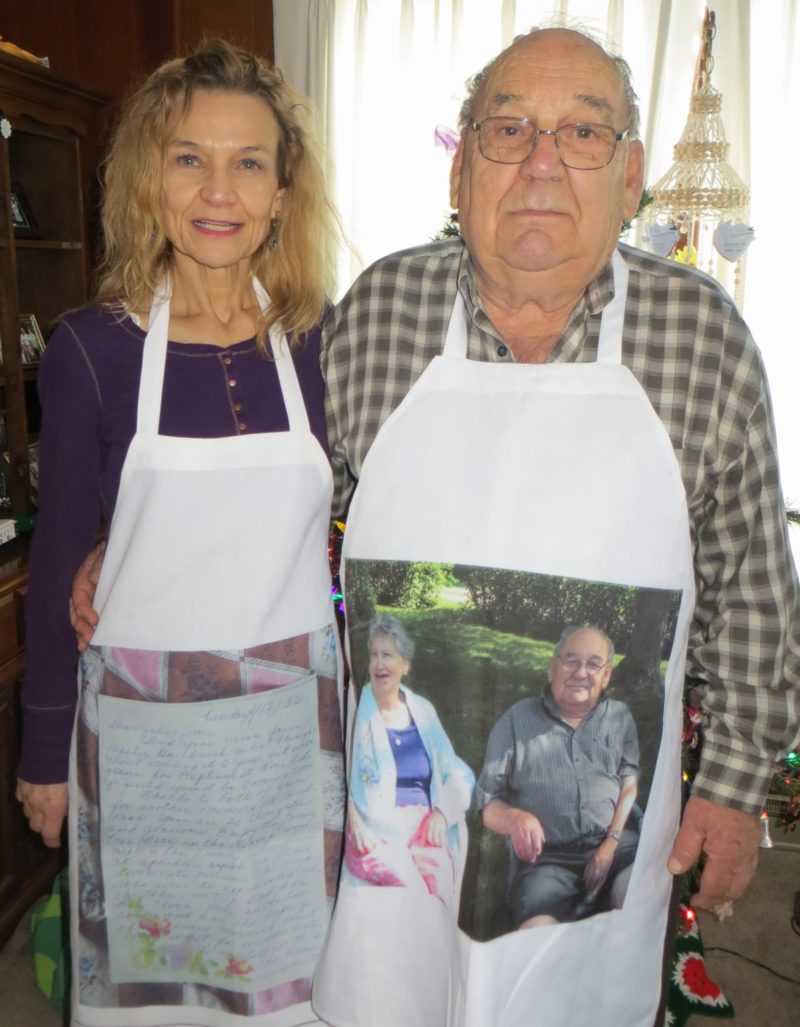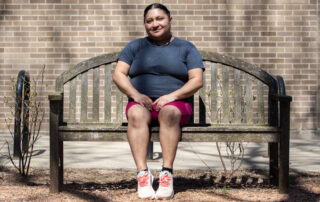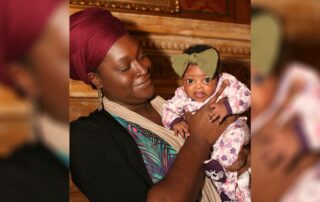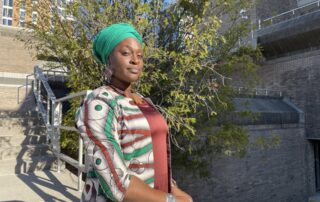Patti See first fell in love with baking as a child. And it’s what still connects her with her mother.
“Wake up,” I whisper into my sister’s sleepy face. “Let’s make blueberry muffins.” Julie is home for the weekend, and I’m nestled between her and fourteen-year-old Geralynn early on a Saturday morning. As the youngest, I simply float from bedroom to bedroom—passed around like a spinster aunt. I won’t get my own bed till I start kindergarten in the fall.
After my many tearful pleas for an Easy-Bake, Mom finally said, “You really want to cook with a lightbulb?! Just use the real oven.” Thus began my love of baking.
Julie bakes with me whenever I want. She is seventeen and living with our oldest sister ninety miles away. She’s a kid herself though it doesn’t seem so in 1973, when teens smoked in front of their parents, went to bars or to war.
Julie left home to become a hippie, though no one knew it then.
I wanted to be a baker, instead I became a writer.
Many years later I read that in her lifetime, Emily Dickinson was better known for her baked goods than her poetry. Mount Holyoke Professor Christopher Benfey says, “In the kitchen,… these secret spaces where she could be alone…that was really freedom. When Emily Dickinson bakes bread there is something almost ecstatic about it, satisfaction of creativity.”
That’s what I felt but could not yet convey at nearly five years old, stirring my batter as Julie looked on. Or as we peered inside the oven to see if our muffins were rising. And as we set them golden-topped on the counter for the rest of our family to admire for a full second before they devoured every crumb. There’s something primal about feeding the ones you love.
Mom baked everything with love. A cliché, I know, but hold on. She and Dad raised eight kids on a railroad worker’s salary. Her inexpensive goodies weren’t just sustenance but carefully crafted for each of us.
Joey loved Angel Food cake. David: ice cream Jello. Geralynn: chocolate cake. Julie and I: blueberry muffins. Sharon, Jackie, Mary? I can’t recall, but Mom knew.
My earliest memories at Holy Ghost Grade School aren’t of the classroom but walking home, a final turn into the alley that cut our block in half, through our hedge till the aroma of Mom’s cookies pulled me across our backyard. Her baking was perfectly planned so when kids barreled through the back door her sweets were cooling on the kitchen table. As a mother myself, I recognize it wasn’t what she made but why and how.
The first time I baked Emily Dickinson’s gingerbread recipe was for my dad just after Mom died. I consoled Dad with comfort food—baked treats and homemade soups—and as I cooked some of Mom’s recipes in my own tiny kitchen I comforted myself.
The first Christmas without Mom, I gave Dad an apron: on the front was a silk screen photo of him and Mom on their 64th wedding anniversary. That day she was lost in an Alzheimer’s haze but still knew what to do when we brought out the camera: grasp her beloved’s arm and smile wide.
I made an apron for Julie too, with a blown up photo of one of Mom’s letters to her—filled with family news just after Julie moved out. A hand-written recipe might have been more appropriate on an apron, but Mom rarely had to write hers down.











